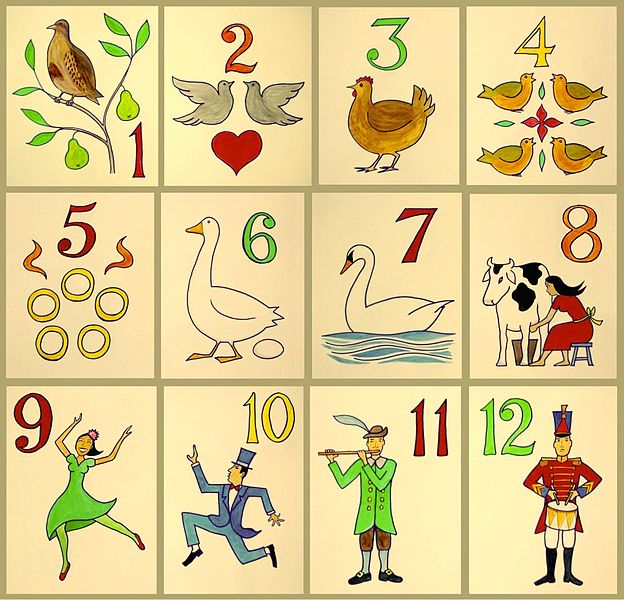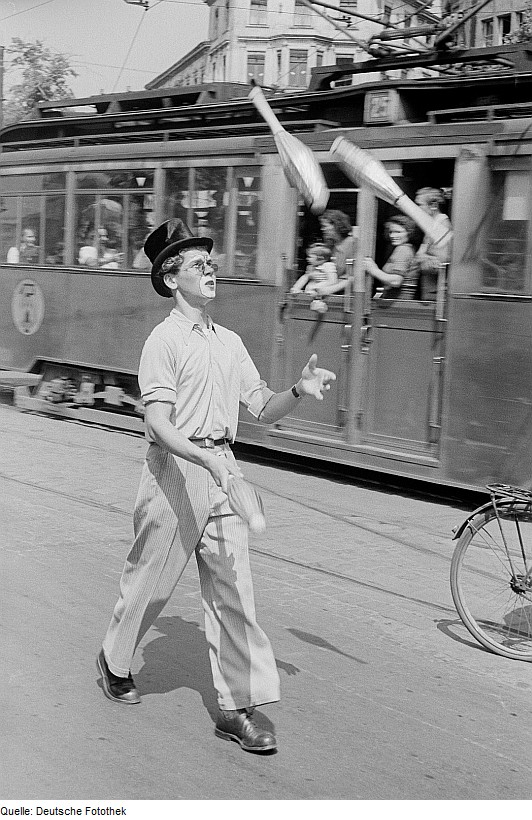I’ve been writing about the allegations of sexual molestation against Cardinal McCarrick over at Patheos:
Soldiers for Christ Hiding Under the Bed is about the connection between covering up for sexual predators and the inability of the Church to be an effective witness to wider society. Not a surprising connection, but one that needs to be made.
Promiscuous vs. Predatory: How to Tell the Difference is a response to the suggestion that McCarrick was guilty of simple sexual immaturity, not predatory molestation and sexual harassment. It contains links to my growing collection of essays related to the topic of abuse in the Church.
Rod Dreher has been covering this topic as well, from the point of view of a journalist who investigated McCarrick in the past, but was unable to pull together a story he could break. In Uncle Ted & The Grand Inquisitor, he shares a disturbing comment he received from a reader:
We MUST protect our brand, our shield, our faith!
I fully support Pope Francis and his softened tone, and even swipes at capitalism because the media love him. And image is everything. Similarly with Cardinal Dolan, I will fight to the death to defend him, and would go to extreme lengths to protect him because he is so well liked in the leftist NYC media.
In short, we must handle these issues swiftly, legally, but privately! As a successful advertising executive in NYC I am looked up like an alien because I am a weekly mass attender, and a conservative. I am respected by my liberal media friends because I loathe the Trump-Palin-Brietbart wing of my party, and trumpet my cause in a more Bill Buckley.
Image is everything, and when it comes to the One True Church we MUST protect her!
Dreher’s reader is wrong.
Let’s see what the Bible has to say about fighting the Church’s enemies:
11 Put on the armor of God so that you may be able to stand firm against the tactics of the devil. 12 For our struggle is not with flesh and blood but with the principalities, with the powers, with the world rulers of this present darkness, with the evil spirits in the heavens. 13 Therefore, put on the armor of God, that you may be able to resist on the evil day and, having done everything, to hold your ground. 14 So stand fast with your loins girded in truth, clothed with righteousness as a breastplate, 15 and your feet shod in readiness for the gospel of peace. 16 In all circumstances, hold faith as a shield, to quench all [the] flaming arrows of the evil one. 17 And take the helmet of salvation and the sword of the Spirit, which is the word of God.
What are our weapons? Truth, righteousness, the Gospel, faith, salvation, and the word of God.
Covering up for sexual predators does not fit on that list.
If the allegations against Cardinal McCarrick are true, the man should have been removed from pastoral ministry decades ago. By all means, when you see a priest, or anyone, doing what they ought not be doing, if no laws are being broken, begin by confronting the sinner privately. We all sin. Would that we were all given the chance to quietly confront our own failings and rectify them.
But when you have evidence of decades of predatory behavior, with untold hundreds of clerics at every level of the hierarchy complicit in silence and cover-up, and how many lives of young men ruined by the crimes inflicted upon them . . . there is no quietly cleaning this up. “Discretion” does nothing to help the Church. There is a time for genuine public penance, and now is that time.
Dreher’s reader is correct: the Church’s image matters. But when we hide behind some limp notion of “handling things privately,” the rot festers. No one is fooled. The public rightly views us as hypocrites of the worst sort.
So let us instead make the Bride of Christ holy, without blemish, and irreproachable before Christ. That image, and that image alone, is the one for which we should strive.














